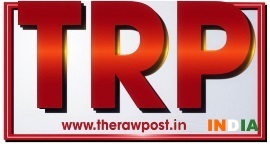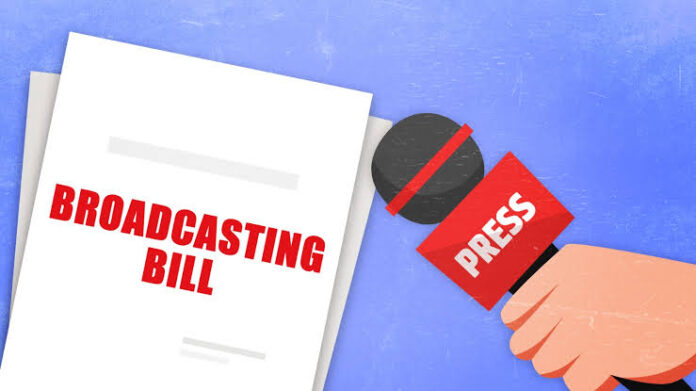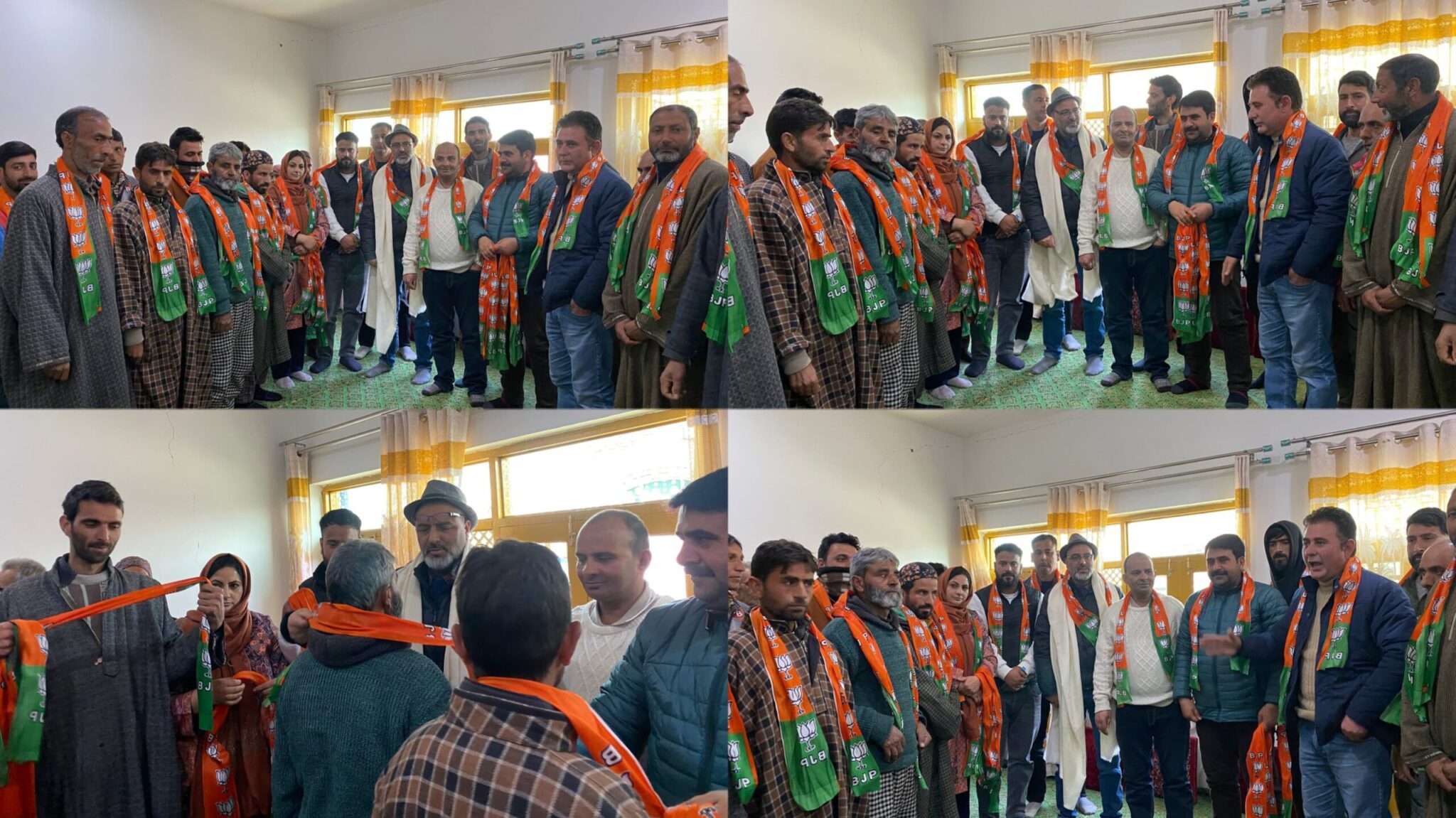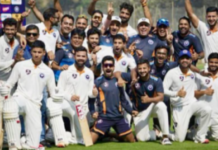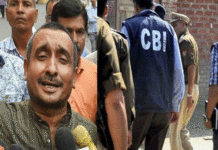Online streaming services, social media accounts and online video creators, from across the globe, might come under the regulation of the Indian Ministry of Information and Broadcasting (MIB) according to the latest version of the country’s proposed Broadcast Bill. The proposed changes in the Bill will have significant implications for press and creative freedom. Some of the aspects of the Bill reported here were first reported by the Hindustan Times.
YouTubers and Instragrammers (and perhaps TikTok creators) beyond a certain threshold of users will have to intimate the Indian government of their existence within a month of the Bill being passed, and register with a three tier regulatory structure previously applicable to streaming services like Amazon Prime Video, Netflix and Disney+ Hotstar.
They will also have to create a content evaluation committee at their own cost which will need to check all content before it gets published. Social media companies that do not provide the government with information about their users will face criminal liability. Accounts sharing news must notify the government with their details within a month of the Bill’s notification and comply with the three-tier regulatory structure, regardless of platform or follower count.
The Bill also brings within its scope advertising networks as “advertising intermediaries”.
A draft of the updated Broadcast Bill was shared last week with select broadcasters, associations, streaming services, and major tech firms, each copy marked with the organization’s identifier to prevent leaks. MediaNama has confirmed the Bill’s consistency across multiple sources. The original Broadcast Bill was published for public consultation last November, but this revised version is only accessible to a limited audience, despite significant scope expansions. MediaNama has mailed the Ministry of Information and Broadcasting with questions pertaining to the issues covered in this article.
Understanding what is happening, why and how
Changes in the Bill from its previous draft significantly expand the scope and applicability of the Bill to a larger number of stakeholders, but there are some reductions of scope as well.
1. Regulating social media accounts as Digital News Broadcasters:
YouTubers and Instragrammers who get paid a share of advertising revenue, or enable paid subscriptions, or even monetize their social media presence through affiliate activities, will be regulated as Digital News Broadcasters, if they broadcast news and current affairs.
It is worth noting that the Bill might even cover creators on TikTok, even though the application is banned in India, as it expands definitions on the applicability.
There is no minimum threshold, nor is there a plan to create a minimum threshold, for designating entities as Digital News Broadcasters, and the same rules applicable to “an online paper, news portal, etc,“ are also applicable to those who post news and current affairs on social media, “as part of a systemic business, professional, commercial activity”.
So a YouTube channel or a podcast that has news commentary and runs ads, or a blog that covers news and has enabled Google AdSense will be covered under this Bill. They need to comply with a Programme Code and an Advertising Code.
Our reading of the Bill indicates that online creators need to conform with a three-tier mechanism put in place by the IT Rules and includes:
Self regulation where the IT Rules mandate having a grievance officer
Signing up with a self-regulatory organisation
And a government constituted Broadcast Advisory Council.
An important change here is that the Broadcast Advisory Council may only hear appeals against the decisions of the self regulatory organisation, our reading and interpretation of the Bill indicates. Under the IT Rules, one could complain to either of the three tiers for complaints, including to the government committee directly.
But what exactly is news and current affairs here?
According to the Bill, it is “newly-received or noteworthy audio, visual or audio-visual programmes or live programmes, including analysis, about recent events primarily of socio-political, economic or cultural nature, or (ii) any programmes transmitted or retransmitted on broadcasting network , where the context, purpose, import and meaning of such programmes implies so;”
The updated bill notably excludes replica e-papers, marking a shift from the previous language that excluded both “publishers of newspapers and replica e-papers of such newspapers.” Additionally, the draft bill does not provide a definition for e-papers. It is also worth noting that the current regulations do not reference “news aggregators,” a term defined under the IT Rules, which previously appeared to encompass social media companies.
2. Regulating online content creators as broadcasters:
Online content creators that do no cover news and current affairs, but provide programming and curated programs beyond a certain threshold, will be treated as OTT broadcasters, if they provide content licensed or live through a website or a social media platform.
Curation here refers to “selection, organisation and presentation of online content or information using skill, experience or expert knowledge”, and thus could even include, for example, a doctor providing information about nutrition and exercises on social media. From a definitionsperspective, a publisher of online curated content is deemed to be a broadcasting service provider.
Online content creators need to provide intimation to the government within a month of notification of this Bill. There is no Programme Code for OTT broadcasters, and only the Advertising Code will apply.
Online content creators will need to establish a content evaluation committee comprised of distinguished individuals representing diverse social groups. This includes, but is not limited to, representatives from women’s organizations, child welfare advocates, scheduled castes, scheduled tribes, and minority communities, who will be responsible for evaluating and certifying the content.Creators will need to inform the government about the names and credentials of the Content Evaluation Committee. Their certification is not required for programs that have already been certified for public viewing in India by a statutory body, educational programs, live events, animation for children, among other programs that the government may designate. Creators will have to implement a three-tier mechanism, including a grievance redressal, joining a self regulatory body, and confirming to the directions of the Broadcast Advisory council.
3. Global applicability of the Bill:
A notable exclusion from the definition of “person” subject to regulation is the exclusion of “an individual who is a citizen of India.” This suggests that the intention behind this amendment is to extend regulation to all Internet users worldwide under this Bill. In the previous version of the Bill, the definition of “person” was relatively narrow.
The previous version of the bill defined a “person” as:
(i) An individual who is a citizen of India;
(ii) An association of persons or a body of individuals, whether incorporated or not, whose members are citizens of India;
(iii) A company;
(iv) A limited liability partnership as defined in section 3 of the Limited Liability Partnership Act, 2008 ( 6 of 2009);
4. Regulation of Social Media Intermediaries:
The Bill now has criminal liability provisions for Social Media intermediaries which do not provide information “pertaining to OTT Broadcasters and Digital News Broadcasters” on its platforms for compliance. This suggests that when information is sought about a YouTube, Instagram or X/Twitter user, the platform will need to provide this information to the Indian government.
The draft Bill also states that the user, rather than the Social Media Intermediary, is responsible for ensuring compliance with the Broadcast Bill. This is, however, not the end of it. The draft Bill says that different “due diligence” may be prescribed for social media intermediaries, indicating that the scope of regulation of Social Media Intermediaries may increase in the future.The latest version of the Broadcast Bill incorporates the definition of Social Media Intermediaries from the IT Rules. It defines these intermediaries as entities that “primarily or solely enable online interaction between two or more users and allow them to create, upload, share, disseminate, modify, or access information using their services.” From a legal perspective, the IT Rules should not have been utilized to establish a definition. However, it seems that this inclusion aims to validate the IT Rules by formulating an Act that Defines Social Media Intermediaries.
5. Advertising networks regulated:
The Bill brings under its ambit advertising networks by adding a definition of an “Advertising Intermediary”. It defines them as “an intermediary which primarily enable buying and selling of advertising space on the internet or placement of an advertisement on online platforms without itself endorsing the advertisement, and should not include an advertiser or broadcaster.”
This impacts all ad networks including those from Google (Google Adsense), Meta (Facebook Audience Network), Media.net, Amazon (Amazon Publisher Services), Flipkart, Outbrain, Taboola and others. Regulation of advertising by the Ministry of Information and Broadcasting is a relatively recently phenomenon, having been allocated this mandate in August 2023.Since then, the Ministry issued an advisory requiring advertisers to self declare each and every advertisement published online, only to roll it back a little and limit it to health and food sectors after criticism.Regulating online advertising and networks was previously the domain of Ministry of Electronics and Information Technologies, which regulated all intermediaries, platforms, aggregators.
The Bill doesn’t go into any further details about online advertising, saying only that “due diligence” requirements for online advertising intermediaries may be prescribed later.
6. Overlap with IT Act and due diligence provisions?
The draft Bill appears to bring under its ambit, the same provisions that the IT Act contains for regulating online intermediaries. There are due diligence provisions identified, which appear similar to those in the IT Act, and probably has been included so that the MIB can create rules for social media and online advertising intermediaries, which the IT Act also enables the Ministry of Electronics and Information Technology to do.
7. Piracy provisions:
Another anomaly, apart from the due diligence provisions, is the presence of provisions related to piracy in the draft Broadcast Bill. One would expect this to be otherwise covered under the Copyright Act.
8. What happens to the IT Rules?
The draft Bill validates the IT Rules by retroactively considering them as issued under this Act from the date they were made. This is important because the IT Rules, particularly those regulating online news, have faced legal challenges citing lack of legal backing. Thus, the draft Broadcast Bill serves to reinforce the IT Rules.
9. Exemptions:
The draft Bill allows the government to “exempt a distinct class of players or a group for avoiding genuine hardship”, which suggests that some stakeholders might be exempted from the purview of the Bill, on the benevolence of the government.
Source : media nama
(Nikhil Pahwa)/ Editor media nama .
